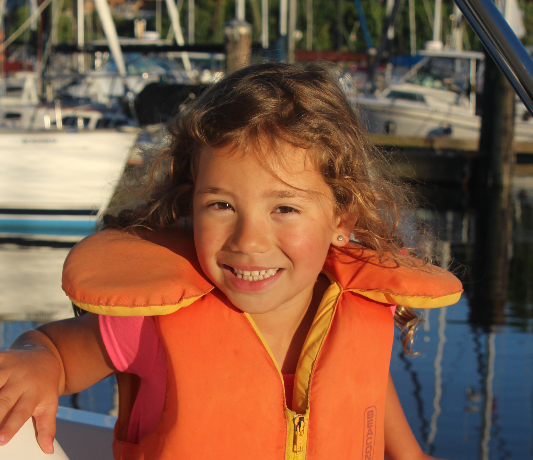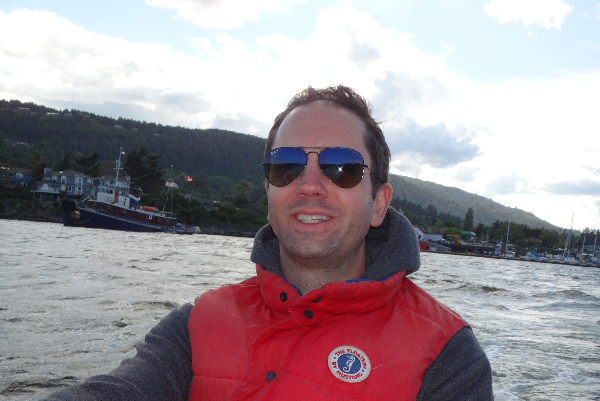
Kate Ropchan's
ePortfolio

My voyage to Master of Educational Technology




Boaters
Boaters
Every boater, just like every learner, is unique. Some boaters enjoy the thrill of racing across the water in a speedboat, while others prefer the slow, satisfying process of sailing to their destination. Some people may fear the water because they are new to boating, while others are comfortable even in rough seas. We have all had different experiences in life that make us the people we are today. With boating, as with learning, it is important to keep this in mind. In this section, I will explore the importance of student-centered learning, drawing examples from my ETEC 530 essay about constructivism in the secondary science classroom.
Learner-centered classrooms pay attention to students and the knowledge, skills, attitudes, and beliefs they bring to the learning environment (NRC, 2000). Students construct their own meaning as teachers help students to make connections between new and prior knowledge. According to Piaget, “when the child or adolescent confronts a new experience (assimilation) that is not immediately solvable using existing mental structures, attempts are made to restructure the framework (accommodation) so as to be able to make better sense of the experience” (Good, Mellon & Kromhout, 1978, p. 690). In other words, students take in new information and put it in categories in their mind, based on what they already know (Piaget called this assimilation). If the new information does not fit into a category in the learner’s mind, then they need to rearrange their thought processes to account for the new information (Piaget called this accommodation). Person-centered learning is important because every individual has their own set of categories in their mind due to their previous experiences in life. Thus each student will learn in his or her own way, and will assimilate and accommodate information differently. By finding out what students already know, teachers can help learners to make connections between pre-existing and new knowledge. The more connections that students make between new information and existing memory structures, the greater the chance that they will be able to deeply understand what they have learned and recall it at a later date (Lutz & Huitt, 2003). Constructivism shifts the emphasis from having students replicate what teachers do to having students experience an event that causes a reorganization of thought processes. Student-centered, goal-directed inquiry replaces externally-directed instruction, and personal perspectives take priority over canonical perspectives (Land & Hannifin, 2000).
Artifact: Constructivism Essay
Examining constructivism in the context of secondary science education provided me with the opportunity to reflect upon how I can improve as a constructivist teacher. I have seen the benefits of constructivism for quite a while, but I have struggled to create a truly constructivist classroom due to constraints such as time and an overloaded curriculum. Prior to the MET program, I had always been taught in a traditional transmissive manner, so this is the teaching style that I was most familiar with. Over the years, I made progress creating a more hands-on, student-centered classroom, but I knew that I still had room for improvement. ETEC 530 opened up my eyes to the many benefits of a constructivist approach, and I have already seen the effects in my own classroom. I realize that I need to stop making excuses about the barriers to constructivism and do my best to utilize this teaching approach. Seeing how my students benefit is all the motivation that I need.

